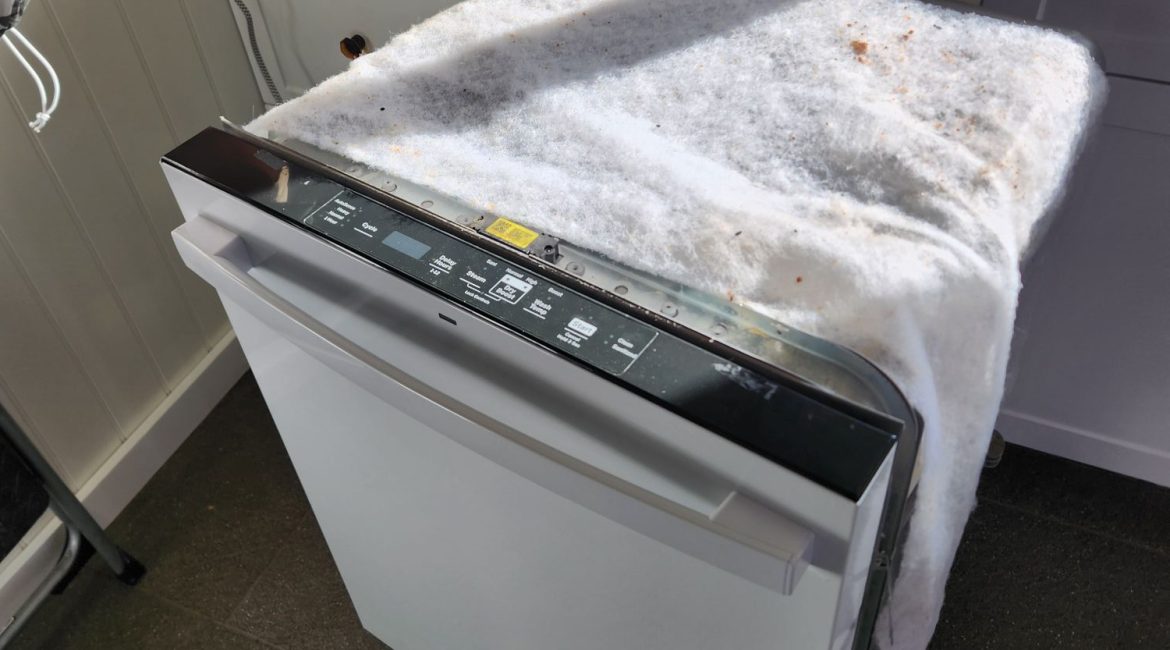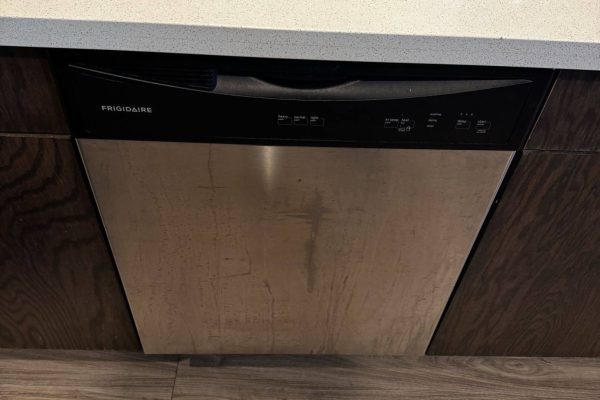A dishwasher is one of the most convenient appliances in any modern home, saving time and effort by handling a task that once required daily manual labor. However, when your dishwasher leaves behind detergent residue, instead of delivering sparkling clean dishes, it becomes a frustrating problem that demands attention. This issue can stem from several causes, but two of the most common are blocked spray arms and problems with the water supply—specifically if the dishwasher is receiving water that is too cold.
Why Is Detergent Residue Left Behind?
Detergent residue often appears as a thin, chalky film on glasses, plates, and utensils. In some cases, you might even find partially dissolved detergent pods or powder stuck inside the detergent compartment. The root cause lies in the fact that detergent needs a combination of adequate water pressure, proper spray arm function, and the right water temperature to dissolve completely and rinse thoroughly. If any one of these elements is lacking, detergent residue will remain.
Blocked Spray Arms
The spray arms are responsible for distributing water throughout the dishwasher during the wash and rinse cycles. They are designed with small nozzles that spray jets of water to ensure all areas of the dishwasher receive sufficient cleaning power. Over time, these spray arms can become blocked by food particles, grease, or mineral deposits from hard water.
When spray arms are obstructed, they cannot distribute water evenly or with enough force. This results in areas of the dishwasher receiving inadequate rinsing, leaving detergent particles stuck to dishes.
Signs of blocked spray arms include:
- Unevenly cleaned dishes, with some sparkling clean and others still dirty.
- Detergent pods or powder left in the dispenser or clumped inside.
- Visible buildup on the holes of the spray arms.
What you can do:
- Remove the spray arms and inspect them for blockages. Most dishwashers allow you to detach them easily by unscrewing or unclipping.
- Rinse the spray arms under running water and use a thin object like a toothpick to clear debris from the nozzles.
- If mineral deposits are present, soak the spray arms in vinegar to dissolve buildup.
Regular maintenance of spray arms is critical for preventing detergent residue and ensuring efficient cleaning cycles.
Cold Water Supply
Another common reason for detergent residue is that the dishwasher is not receiving hot enough water. Detergent, especially modern pods and tablets, is designed to dissolve effectively in warm or hot water. If the incoming water is too cold, the detergent will not break down properly, leaving behind clumps or residue.
Dishwashers generally require water temperatures between 120°F and 140°F (49°C to 60°C) for optimal cleaning. If your water heater is set too low, or if the dishwasher takes in water before it has a chance to heat up, the cleaning cycle will be compromised.
Potential causes of cold water supply issues include:
- Water heater temperature set too low.
- Long distance between the water heater and dishwasher, meaning cold water enters first.
- Faulty heating element within the dishwasher, preventing the water from reaching the required temperature.
What you can do:
- Check your home’s water heater settings. Ensure it is set to at least 120°F.
- Before starting the dishwasher, run hot water in the kitchen sink until it warms up. This helps ensure the appliance starts with warm water.
- If the dishwasher’s internal heating element is malfunctioning, professional service will be required.
The Impact of Detergent Residue
Left unresolved, detergent residue can cause more than just unsightly dishes. It can lead to:
- A cloudy or hazy appearance on glassware.
- Build-up of detergent inside the dishwasher, creating clogs and reducing efficiency.
- Potential health concerns if detergent remnants remain on plates or utensils used for food.
Addressing the underlying problem not only ensures clean dishes but also extends the lifespan of your appliance by preventing unnecessary wear and tear.
When to Call a Professional
While simple maintenance tasks like cleaning spray arms or adjusting the water heater can be performed by homeowners, some issues require professional diagnosis and repair. If you suspect the dishwasher’s heating element is defective or if cleaning the spray arms does not resolve the problem, it’s time to call in the experts.
Professional technicians can accurately determine whether the problem lies in mechanical components, electrical systems, or plumbing connections. Timely repair can save you from the cost of premature appliance replacement.
When your dishwasher leaves detergent residue, the most likely culprits are blocked spray arms or a cold water supply. Both issues interfere with the ability of detergent to dissolve and rinse properly, resulting in cloudy dishes and wasted cleaning cycles. Regular maintenance and proper water temperature can prevent these issues, but if problems persist, expert service is the safest solution.
For reliable and efficient repair, contact Oceanside Appliance Service Center. Our experienced team can quickly identify and resolve the issue, restoring your dishwasher’s performance and ensuring you enjoy spotless, residue-free dishes every time. Don’t let detergent build-up frustrate your daily routine—reach out to us today and schedule your service appointment.
Contact us


